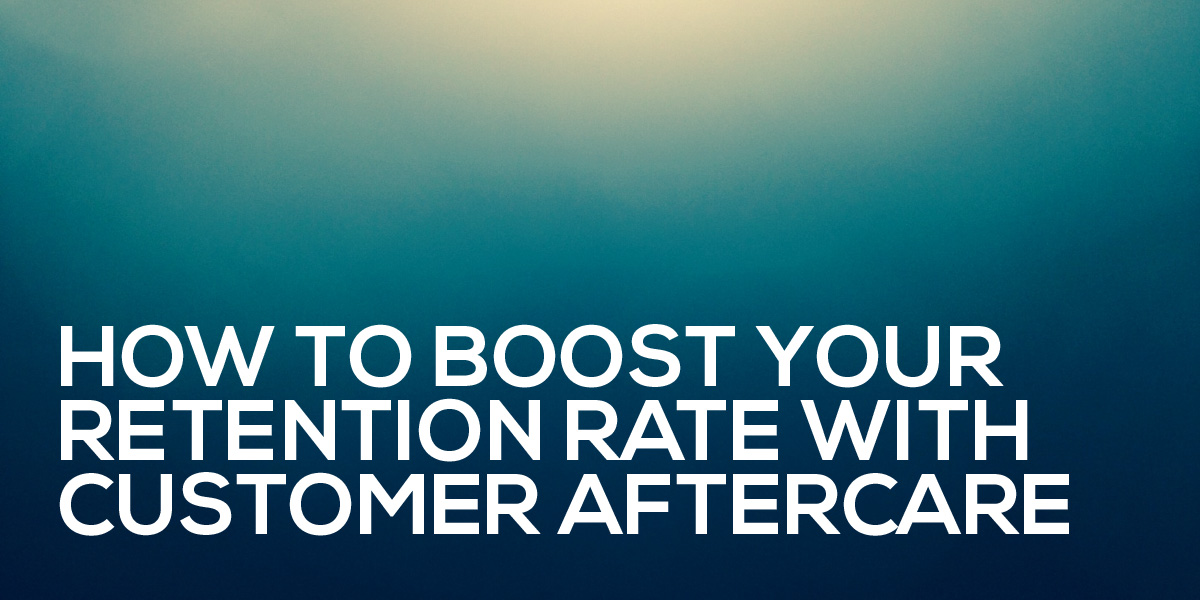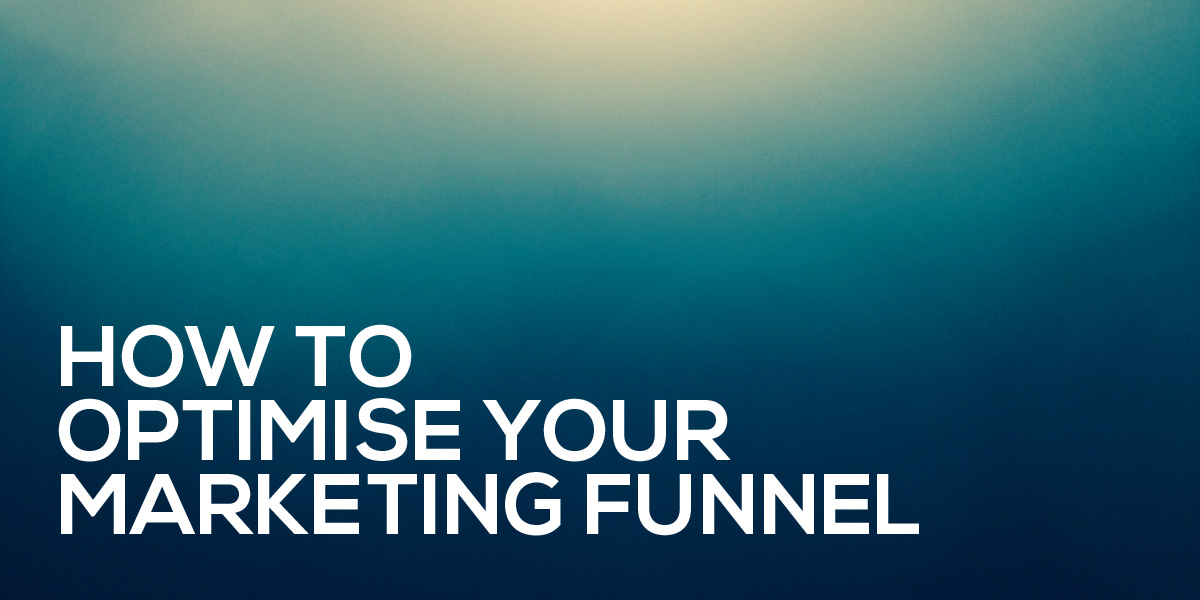 A Harvard study has found that a five per cent improvement in customer retention can lead to up to an 85 per cent increase in profits. This is proof that the relationship you have with your existing customers is important to your overall business. A company with poor retention is like a bucket with a hole in it – you can keep filling it up, but it will continue to leak until you patch it up.
A Harvard study has found that a five per cent improvement in customer retention can lead to up to an 85 per cent increase in profits. This is proof that the relationship you have with your existing customers is important to your overall business. A company with poor retention is like a bucket with a hole in it – you can keep filling it up, but it will continue to leak until you patch it up.
The key to retaining customers is to treat your relationship with them like you would a friendship. Keep it personal, stay in contact and remember to say thank you. You’ll soon notice customers stick around for the long term. Here’s how to build this friendship with customers:
Say thank you after each purchase.
Sending a customer a humble ‘thank you’ email after they’ve made a purchase is a great way to keep the dialogue open and flowing. It also gives them a chance to provide valuable feedback on your service. This communication should let the customer know that you’re still here for them and that they haven’t been forgotten once they’ve made a purchase. While you can use this space to up-sell, cross-sell or to capture data, its more important to show the customer that you value their business, their feedback and their time.
Keep in touch.
Studies show that strong engagement between a business and its customers will result in higher overall retention and profit rates in the long term. This means that its important to take advantage of your mailing list of existing customers by creating engaging, helpful and consistent content that will be of interest to them. Not only will you experience less customers unsubscribing from your communications as time passes, but truly engaging your customers contributes to higher brand recognition and likeability.
Make it personal.
We live in an era of personalisation, which means its essential to make use of the data you have already have about your customers. A good way to personalise your messages is to segment customers into the groups you believe will benefit from a unique offering or proposition. Dependent on your product or service, segments could be based on anything from location, to age, gender, industry, or past purchases. By feeling like your message has been tailored specifically to them, studies show that customers are much more likely to engage with what you have to say, which could direct them to make repeat purchases.
Don’t come on too strong.
It’s hard for customers to feel genuinely valued in today’s world. They’re met with a never-ending barrage of marketing material each day in everything they do – from browsing online, to watching TV, checking their emails or even walking down the street. As a consequence, they tend to block out anything they deem too much of a sales push. By maintaining a genuine relationship, sharing useful information with them and keeping things personal, you can help stick out above competition.
Merryn Bourne Creative can help you develop a customer aftercare plan suited to your unique business. For more information, contact us.
